Historical development of atom pdf
Dalton reintroduced the concept of the atom and created _____ which was the basic concept of the molecule.
He also proposed that all of the positive charge and all of the mass of the atom occupied a small space in the center of an atom and that most of the atom is empty space occupied by electrons (Historical …
HISTORICAL OUTLINE of the Atomic Theory and the Structure of the Atom . Development of the Atomic Theory . Democritus (460-370 BC) First proposed the existence of an ultimate particle. Used the word “atomos” to describe this particle. Democritus . Aristotle (384-322 BC) was a proponent of the continuum. He believed in the four elements of air, earth, water and fire. Aristotle felt that
Calculated that the atom consisted mostly of empty space through which electrons move and also concluded that there was a tiny, dense region “the nucleus” centrally located within the atom that contained all of an atom’s positive charge and virtually all of its mass.
History of the Atom – Worksheet/Review sheet Name: Answer Key Period:-1. State 2 similarities between Dalton’s and the Modern Day model of the atom.
The history of chemistry represents a time span from ancient history to the present. By 1000 BC, civilizations used technologies that would eventually form the basis of …
Early History of the Atom Matter is composed of indivisible building blocks. This idea was recorded as early as the fifth century BCE by Leucippus and Democritus.
2.1 Historical Development of Atomic Theory. 2 2.1.1 The Periodic Table of the Elements 2.1.2 Discovery of Subatomic Particles & the Bohr Atom Each element emits light of specific energies when excited by electric discharge or heat. For the H-atom (Balmer, 1885): 6 5 4 3 2 n = 3 2.1.2 Discovery of Subatomic Particles & the Bohr Atom Johann Jacob Balmer (Physicist, 1825 – 1899) The Hydrogen
Summary of the Historical Development of Modern Theory of Atomic Structure The table below summarises the contribution of a number of Scientists to the development of a model of the atom including the evidence they used to support the model.
Draw a diagram of an atom labeling the proton, neutron, and electron. (1 pts) (1 pts) With your group, design a poster or power point presentation of your findings.
Historical Development of Atomic Theory: Aristotle to Rutherford1. Democritus and Aristotle in 400 B.C.2. Aristotle: matter can be divided into smaller andsmaller particles.3. Democritus: the atom is the smallest unit.4. Aristotle’s theory was most popular.
For example, water is a compound made up of 2 atoms of hydrogen and 1 atom of oxygen (a ratio of 2:1). Three atoms of hydrogen and 2 atoms of oxygen cannot combine to make water. Three atoms of hydrogen and 2 atoms of oxygen cannot combine to make water.
The Development of Dalton’s Atomic Theory as a Case Study in the History of Science: Reflections for Educators in Chemistry He´lio Elael Bonini Viana Æ Paulo Alves Porto Published online: 4 February 2009 Springer Science+Business Media B.V. 2009 Abstract The inclusion of the history of science in science curricula—and specially, in the curricula of science teachers—is a trend that has
Dalton and many others continued to believe that water particles contained one hydrogen atom and one oxygen atom, rather than two hydrogen atoms and one oxygen atom. The historical development of the concept of the atom is summarized in Figure 1.15 “A Summary of the Historical Development of the Concept of the Atom” .
Purpose. To explore the early history of the periodic table and how it contributed to the understanding of atoms. Context. This lesson is the third of a five-part series that will broaden and enhance students’ understanding of the atom and the history of its discovery and development …
2.1 Historical Development of Atomic Theory

Historical Development of the Atom Model
history, scientists have accepted five major different atomic models. Our perception of the Our perception of the atom has changed from the early Greek model because of …
Historical Development Since Roman times matter had been viewed by some as discrete particles somehow linked together. Early in the eighteenth century the behavior of gases was viewed as a function of kinetic theory .
historical studies has taught us about historical economic growth and development. 7.1.1 TheOriginsoftheLiterature The origins of the historical development literature can …
a Historical Perspective Early Greek Theories 400 B.C. – Democritus thought matter could not be divided indefinitely. John Dalton 1800 -Dalton proposed a modern atomic model based on experimentation not on pure reason.
3 John Dalton (1766 – 1844) father of the atomic concept. The main points of Dalton’s atomic theory were: • Elements are made of extremely small particles called atoms.
History leading to the creation of the atomic bomb Atomic science began many centuries ago with experimenting and probing into the nature and structure of matter. This …
Chemistry: Development of the Atomic Theory. STUDY. PLAY. More than 2000 years ago, Greek philosophers proposed the existence of very small, indivisible particles, each of which is called an . atom. The theory that such particles existed was supported, much later by , who proposed, in his law of , that matter can’t cannot be created or destroyed. Lavoisier Conservation of matter. Then Proposed
Key Historical Developments and Experiments that reveal Atoms and Atomic Structure The idea of the atom is developed: Around 400 B.C. Greek philosophers Leucippus and Democritus asserted that all material things are
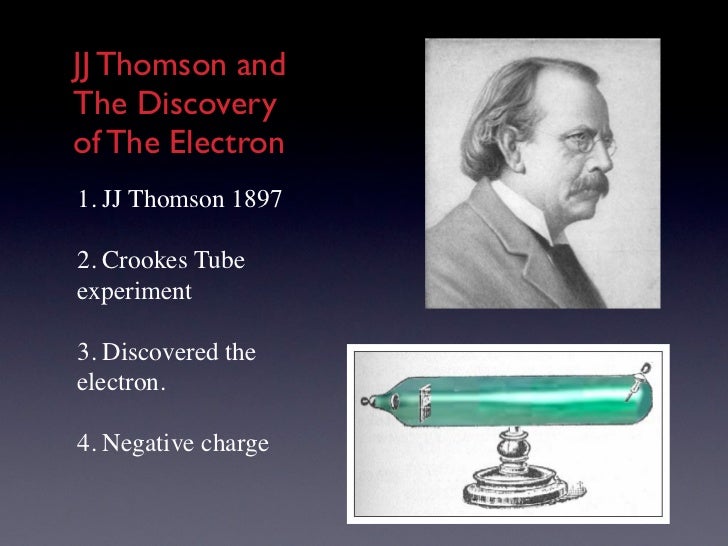
Abstract. The genesis and historical background of the hydro-gen bomb are described with particular emphasis placed on the development of physical ideas which led to the discovery of the
PDF On Jan 1, 2009, Zejnilagić-Hajrić Meliha and others published Historical development of knowledge about the atom
Historical Development of Atom & The Chemical Element Why Prezi. The science Conversational presenting
– Historical Development Valproic acid has an analogue found in nature in the form of the valerian plant. This chemical was artificially synthesized in 1882 using the chemical in valerian as a reference. The chemical is a liquid at room temperature and was and was for a long time employed as a chemically inert solvent. Application for the drug was discovered as an anticonvulsant and
Intel Chips Throughout Intel’s history, new and improved technologies have transformed the human experience. 1 2 3 4 5 6 7 8 9 10 11 12 13 14 15 16 17 18 19 20
The History of the Atom Timeline: 400 BC Scientist: Democritus (Greek Philosopher) Democritus was a Greek philosopher who was Each atom (of an element) is different in structure from other atoms (of other elements) An atom can be divided in smaller subatomic particles: Protons, Electrons and Neutrons The nucleus is the centre of an atom. It contains protons and neutrons. Electrons orbit
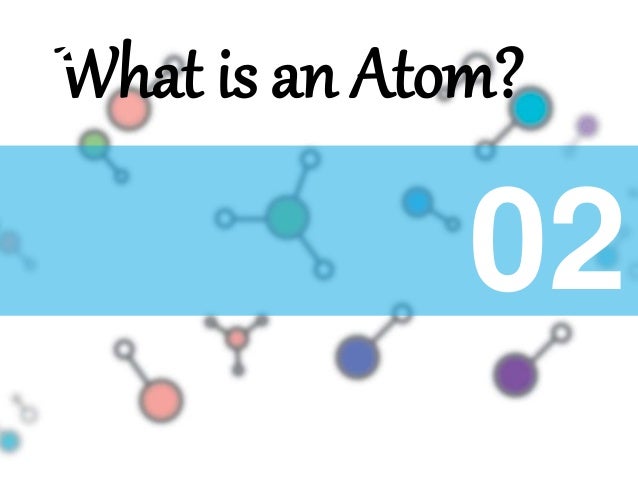
Historical development of the atom essays research
– example of historical reference in literature
History Of Chemistry ProProfs Quiz
(PDF) Historical development of knowledge about the atom
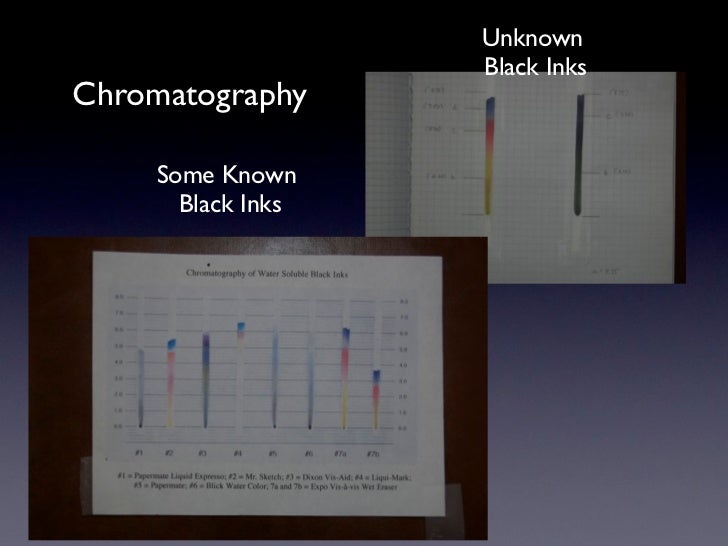
History Of The Atom ProProfs Quiz
Intel Chips timeline
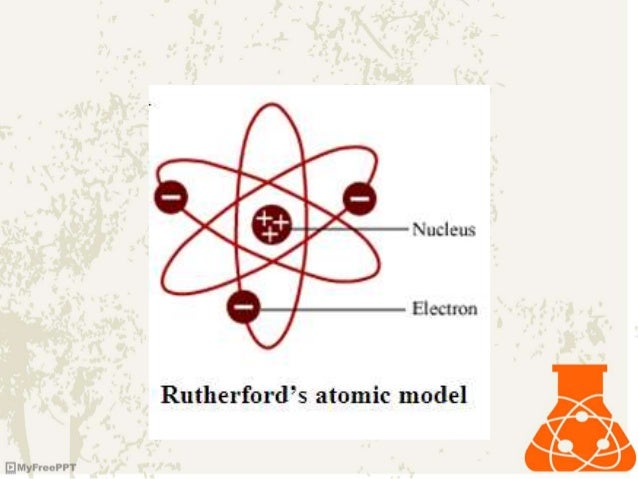
HistoricalDevelopment scholar.harvard.edu
The Development of Dalton’s Atomic Theory as a Case Study
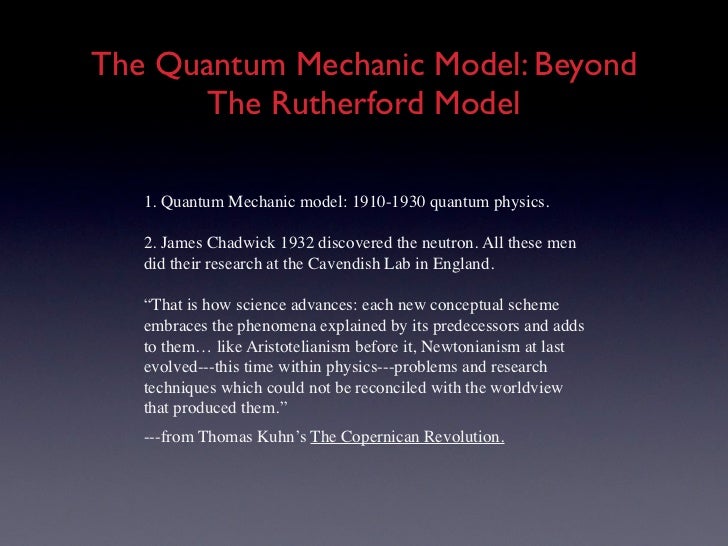
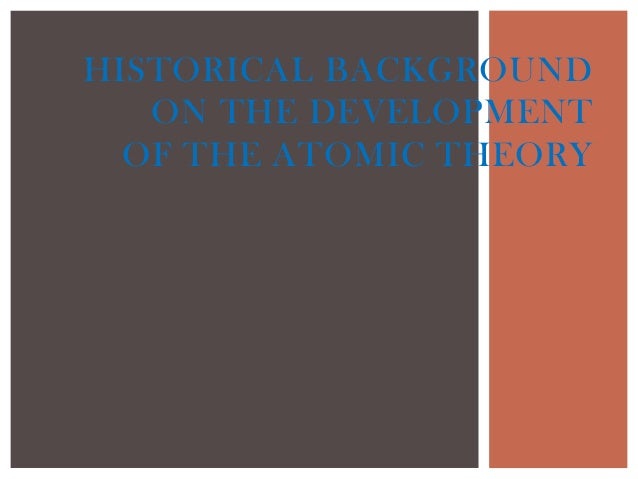
Molecules Chemistry Encyclopedia – structure water
business plan historical ratio discussion example –
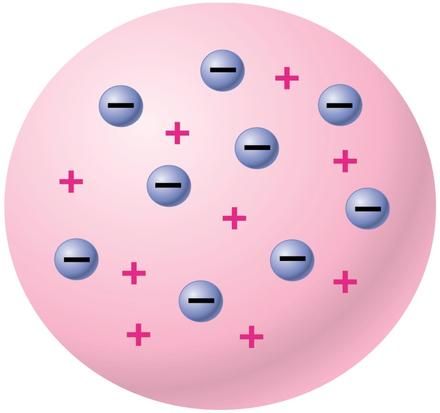
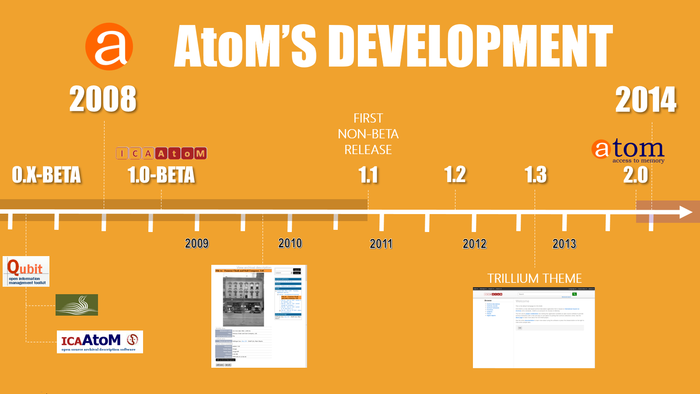
Historical development of the atom essays research
History of Atomic Structure Boundless Chemistry
Key Historical Developments and Experiments that reveal Atoms and Atomic Structure The idea of the atom is developed: Around 400 B.C. Greek philosophers Leucippus and Democritus asserted that all material things are
The History of the Atom Timeline: 400 BC Scientist: Democritus (Greek Philosopher) Democritus was a Greek philosopher who was Each atom (of an element) is different in structure from other atoms (of other elements) An atom can be divided in smaller subatomic particles: Protons, Electrons and Neutrons The nucleus is the centre of an atom. It contains protons and neutrons. Electrons orbit
History of the Atom – Worksheet/Review sheet Name: Answer Key Period:-1. State 2 similarities between Dalton’s and the Modern Day model of the atom.
Dalton and many others continued to believe that water particles contained one hydrogen atom and one oxygen atom, rather than two hydrogen atoms and one oxygen atom. The historical development of the concept of the atom is summarized in Figure 1.15 “A Summary of the Historical Development of the Concept of the Atom” .
The Development of Dalton’s Atomic Theory as a Case Study in the History of Science: Reflections for Educators in Chemistry He´lio Elael Bonini Viana Æ Paulo Alves Porto Published online: 4 February 2009 Springer Science Business Media B.V. 2009 Abstract The inclusion of the history of science in science curricula—and specially, in the curricula of science teachers—is a trend that has
Abstract. The genesis and historical background of the hydro-gen bomb are described with particular emphasis placed on the development of physical ideas which led to the discovery of the
The history of chemistry represents a time span from ancient history to the present. By 1000 BC, civilizations used technologies that would eventually form the basis of …
Historical Development of the Atom Model
Intel Chips timeline
Historical Development of Atomic Theory: Aristotle to Rutherford1. Democritus and Aristotle in 400 B.C.2. Aristotle: matter can be divided into smaller andsmaller particles.3. Democritus: the atom is the smallest unit.4. Aristotle’s theory was most popular.
Abstract. The genesis and historical background of the hydro-gen bomb are described with particular emphasis placed on the development of physical ideas which led to the discovery of the
He also proposed that all of the positive charge and all of the mass of the atom occupied a small space in the center of an atom and that most of the atom is empty space occupied by electrons (Historical …
Historical Development of Atom & The Chemical Element Why Prezi. The science Conversational presenting
History of Atomic Theory and the Structure of the Atom
Historical Development of Atomic Theory SlideShare
– Historical Development Valproic acid has an analogue found in nature in the form of the valerian plant. This chemical was artificially synthesized in 1882 using the chemical in valerian as a reference. The chemical is a liquid at room temperature and was and was for a long time employed as a chemically inert solvent. Application for the drug was discovered as an anticonvulsant and
Historical Development of Atom & The Chemical Element Why Prezi. The science Conversational presenting
For example, water is a compound made up of 2 atoms of hydrogen and 1 atom of oxygen (a ratio of 2:1). Three atoms of hydrogen and 2 atoms of oxygen cannot combine to make water. Three atoms of hydrogen and 2 atoms of oxygen cannot combine to make water.
Abstract. The genesis and historical background of the hydro-gen bomb are described with particular emphasis placed on the development of physical ideas which led to the discovery of the
Summary of the Historical Development of Modern Theory of Atomic Structure The table below summarises the contribution of a number of Scientists to the development of a model of the atom including the evidence they used to support the model.
Dalton reintroduced the concept of the atom and created _____ which was the basic concept of the molecule.
history, scientists have accepted five major different atomic models. Our perception of the Our perception of the atom has changed from the early Greek model because of …
2.1 Historical Development of Atomic Theory. 2 2.1.1 The Periodic Table of the Elements 2.1.2 Discovery of Subatomic Particles & the Bohr Atom Each element emits light of specific energies when excited by electric discharge or heat. For the H-atom (Balmer, 1885): 6 5 4 3 2 n = 3 2.1.2 Discovery of Subatomic Particles & the Bohr Atom Johann Jacob Balmer (Physicist, 1825 – 1899) The Hydrogen
Purpose. To explore the early history of the periodic table and how it contributed to the understanding of atoms. Context. This lesson is the third of a five-part series that will broaden and enhance students’ understanding of the atom and the history of its discovery and development …
Dalton and many others continued to believe that water particles contained one hydrogen atom and one oxygen atom, rather than two hydrogen atoms and one oxygen atom. The historical development of the concept of the atom is summarized in Figure 1.15 “A Summary of the Historical Development of the Concept of the Atom” .
Historical Development of Atomic Theory: Aristotle to Rutherford1. Democritus and Aristotle in 400 B.C.2. Aristotle: matter can be divided into smaller andsmaller particles.3. Democritus: the atom is the smallest unit.4. Aristotle’s theory was most popular.
Comments
6 responses to “Historical development of atom pdf”
HISTORICAL OUTLINE of the Atomic Theory and the Structure of the Atom . Development of the Atomic Theory . Democritus (460-370 BC) First proposed the existence of an ultimate particle. Used the word “atomos” to describe this particle. Democritus . Aristotle (384-322 BC) was a proponent of the continuum. He believed in the four elements of air, earth, water and fire. Aristotle felt that
History Of The Atom ProProfs Quiz
Historical Development Since Roman times matter had been viewed by some as discrete particles somehow linked together. Early in the eighteenth century the behavior of gases was viewed as a function of kinetic theory .
The Development of Dalton’s Atomic Theory as a Case Study
Historical Development of Atom & The Chemical Element Why Prezi. The science Conversational presenting
Historical development of the atom essays research
The Development of Dalton’s Atomic Theory as a Case Study
(PDF) Historical development of knowledge about the atom
history, scientists have accepted five major different atomic models. Our perception of the Our perception of the atom has changed from the early Greek model because of …
The Development of Dalton’s Atomic Theory as a Case Study
History Of Chemistry ProProfs Quiz
2.1 Historical Development of Atomic Theory. 2 2.1.1 The Periodic Table of the Elements 2.1.2 Discovery of Subatomic Particles & the Bohr Atom Each element emits light of specific energies when excited by electric discharge or heat. For the H-atom (Balmer, 1885): 6 5 4 3 2 n = 3 2.1.2 Discovery of Subatomic Particles & the Bohr Atom Johann Jacob Balmer (Physicist, 1825 – 1899) The Hydrogen
Molecules Chemistry Encyclopedia – structure water
Historical Development of Atom & The Chemical Prezi
History leading to the creation of the atomic bomb Atomic science began many centuries ago with experimenting and probing into the nature and structure of matter. This …
History of the Atom Bomb
HistoricalDevelopment scholar.harvard.edu
Historical Development of the Atom Model